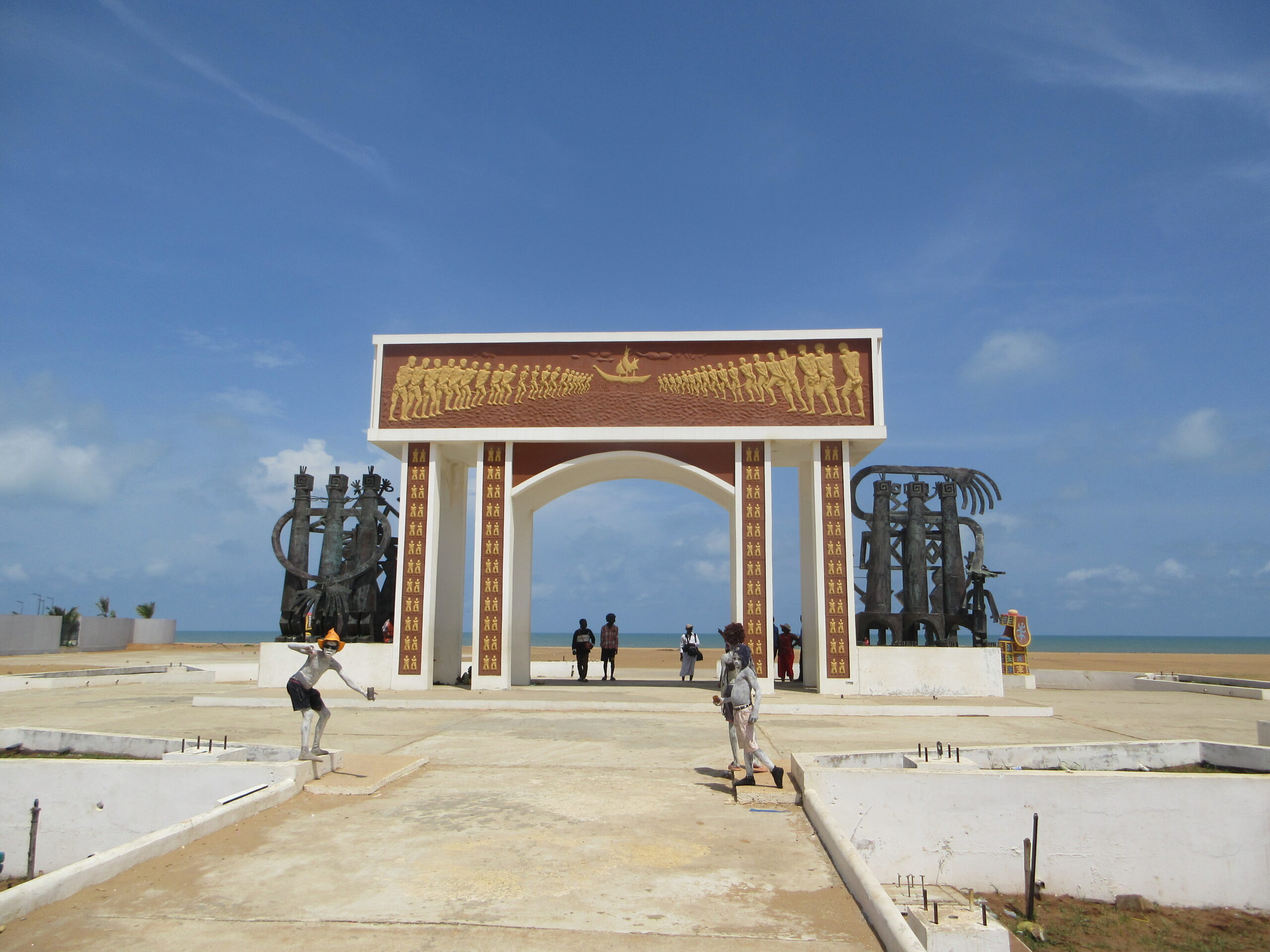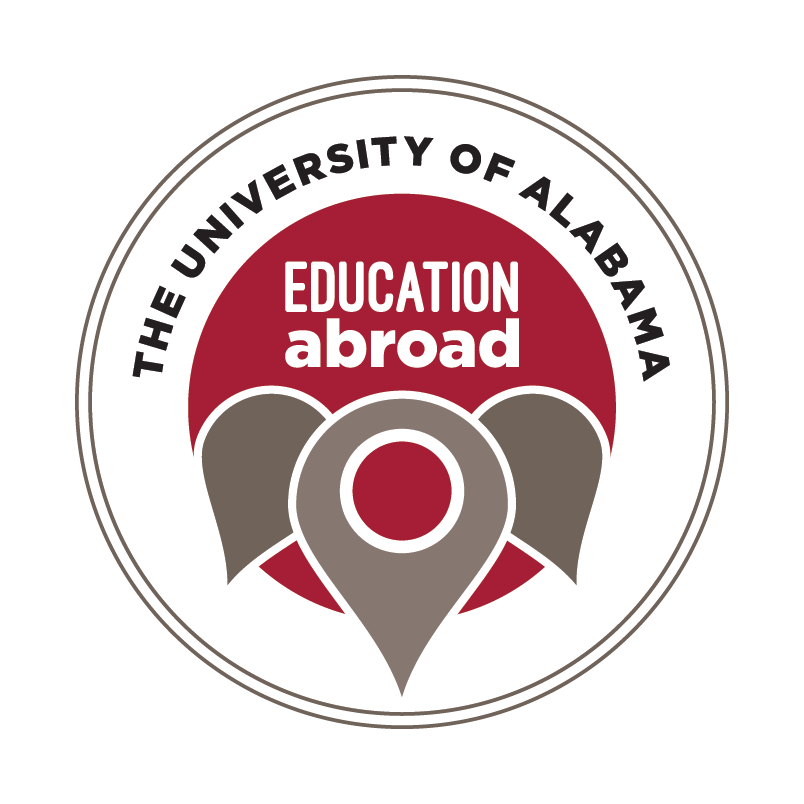When I arrived in Cotonou on June 1, I was immediately overwhelmed by the airport. Although the airport was small, it was incredibly busy and only had one customs line and baggage claim area. After dropping our bags at our house, we went to dinner, and I was surprised at how crowded the streets were so late on a Sunday. The vibrant energy of Cotonou, Benin’s economic capital, with motorbikes everywhere and vendors lining the streets, felt exciting and so different from home.
Our first week was incredibly busy, packed with visits to explore Benin’s history and culture. On Monday, we visited the Glo Djigbé Industrial Zone, where we learned about Benin’s economic development plans, then visited Ganvié, the “Venice of Africa,” where families live their lives in a community on stilts on the water, originally a refuge from the slave trade. On Tuesday, we went to Ouidah, where the John Smith Cultural Center, named after an Alabama man whose Beninese ancestors were brought to the United States during the slave trade, a former slave auction site, and the Point of No Return, where people would board the ships to the Americas, deepened my understanding of the slave trade’s impact. I also visited a Python Temple, West Africa’s first cathedral, and a mosque, demonstrating the religious diversity of the area. On Wednesday, we visited Benin’s capital, Porto-Novo, and on Friday, we visited the city of Bonou and met their mayor.
It was truly amazing being able to see so many parts of the country in one week, and it left me excited to see what class would be like starting the next week.

